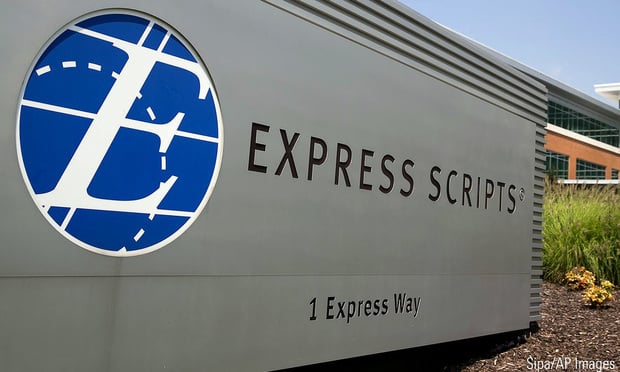 Employees who have saved enough in their HSA to meet their insurance deductible are at risk of succumbing to a "money to burn" mindset and spending on unnecessary health care. (Photo: Shutterstock)
Employees who have saved enough in their HSA to meet their insurance deductible are at risk of succumbing to a "money to burn" mindset and spending on unnecessary health care. (Photo: Shutterstock)
Employers have made a big push in recent years to encourage employees to adopt high-deductible health plans (HDHP), incentivizing the switch with employer contributions to a health savings account (HSA). As of last year, according to data from the Employee Benefits Research Institute, 46 percent of Americans with private health insurance were enrolled in a high-deductible health plan (though not all have a corresponding HSA).
As HSAs gain traction–and balances–new insights into consumer behavior can be gleaned. In a recent webinar, EBRI explored the results of its recent study on HSA account balances. There are currently an estimated 25 million HSA accounts, 76 percent of which have been opened since 2015.
Recommended For You
Complete your profile to continue reading and get FREE access to BenefitsPRO, part of your ALM digital membership.
Your access to unlimited BenefitsPRO content isn’t changing.
Once you are an ALM digital member, you’ll receive:
- Breaking benefits news and analysis, on-site and via our newsletters and custom alerts
- Educational webcasts, white papers, and ebooks from industry thought leaders
- Critical converage of the property casualty insurance and financial advisory markets on our other ALM sites, PropertyCasualty360 and ThinkAdvisor
Already have an account? Sign In Now
© 2025 ALM Global, LLC, All Rights Reserved. Request academic re-use from www.copyright.com. All other uses, submit a request to [email protected]. For more information visit Asset & Logo Licensing.








